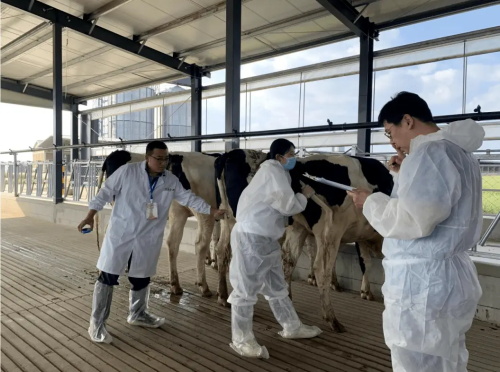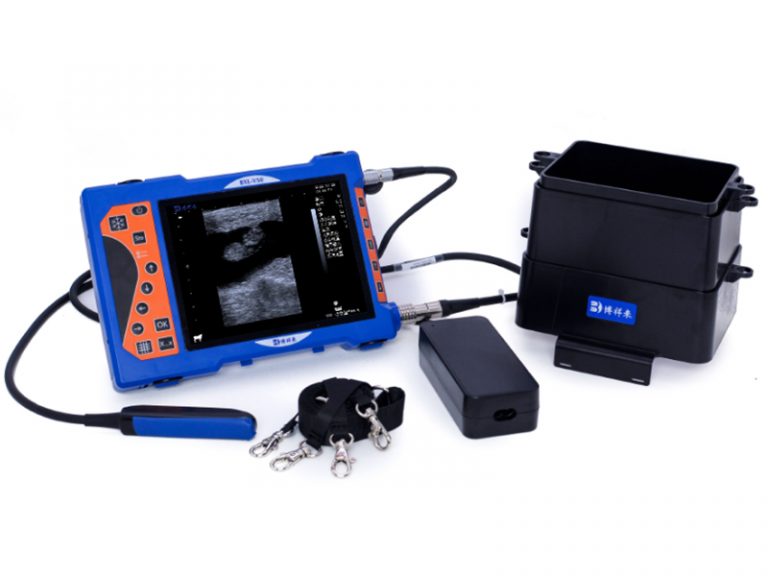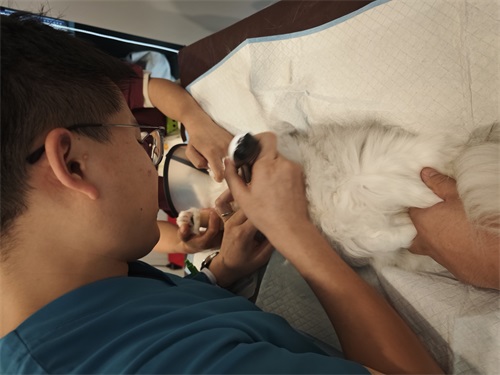What is the importance of Backfat thickness to reproductive performance in female pigs?
In modern pig farming, reproductive efficiency is one of the most crucial factors affecting overall productivity and profitability. While genetics, health, and environmental factors are all important, the body condition of sows—especially their backfat thickness—is a key parameter that should not be overlooked. Backfat thickness, typically measured at the P2 position (located about 65 mm from the midline at the last rib), offers a reliable indication of a sow’s energy reserves. This measurement helps producers manage feeding programs more accurately, reduce reproductive failures, and improve lifetime sow productivity.

Monitoring backfat allows farmers to balance feed costs with reproductive outcomes. Both excessively lean and overly fat sows are at risk of poor reproductive performance, which could manifest as prolonged weaning-to-estrus intervals, lower farrowing rates, smaller litter sizes, and even early culling. For these reasons, regular measurement and management of backfat thickness is a vital part of sow herd management strategies.
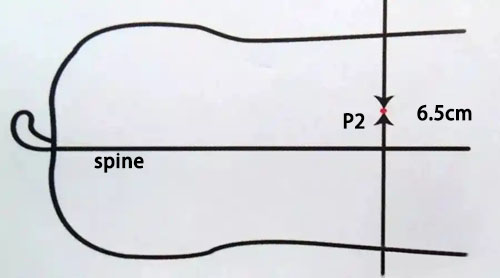
The Role of Backfat Thickness in Reproductive Performance
Backfat thickness plays a central role in many reproductive parameters in female pigs. Optimal backfat at farrowing is typically between 16 mm and 20 mm, though some operations may aim for slightly different targets depending on breed and management system. When a gilt or sow enters farrowing either too thin or too fat, reproductive challenges often follow.
-
Thin Sows (Low Backfat): Sows with less than 14 mm of backfat at farrowing are at risk of excessive body condition loss during lactation. Since lactation is a highly energy-demanding period, thin sows are less able to maintain milk production and are more likely to experience delayed return to estrus after weaning. This delay, known as extended weaning-to-estrus interval (WEI), can increase non-productive days (NPDs) and reduce the number of litters per sow per year.
In extreme cases, low backfat can lead to prolonged anestrus (absence of heat) or even failure to conceive. Additionally, thin sows may experience more difficulty during farrowing and may have smaller litter sizes due to inadequate embryonic development during gestation.
-
Over-conditioned Sows (High Backfat): On the other end of the spectrum, sows with excessive backfat—usually more than 22 mm—can also face reproductive issues. Over-conditioned sows are more prone to farrowing complications such as dystocia and stillbirths. Their offspring may also have higher mortality rates due to poor maternal behavior and lactational failure.
overly fat sows are less feed-efficient and more likely to suffer from lameness and locomotion issues, leading to earlier culling. Excessive backfat can also impair hormonal regulation, leading to irregular heat cycles and suboptimal conception rates.
-
Impact on Parity and Lifetime Performance: Managing backfat across multiple parities is essential. Gilt development should target a backfat level of around 18–20 mm at first farrowing. Sows that enter their reproductive career with optimal condition are more likely to maintain productive performance over multiple parities. Conversely, improper conditioning—either too thin or too fat—can limit sow longevity and lifetime productivity.
Studies have shown that optimal backfat thickness correlates positively with larger litter sizes, shorter weaning-to-estrus intervals, and higher farrowing rates. Therefore, keeping backfat within the recommended range is crucial not only for the current reproductive cycle but also for the sow’s long-term productivity in the breeding herd.

Measuring Backfat Thickness with the BXL-DZ20 Device
To ensure accurate monitoring and management of sow body condition, using a reliable measurement tool is essential. The BXL-DZ20 ultrasonic backfat thickness meter has emerged as a highly effective solution for both small and large-scale pig operations.
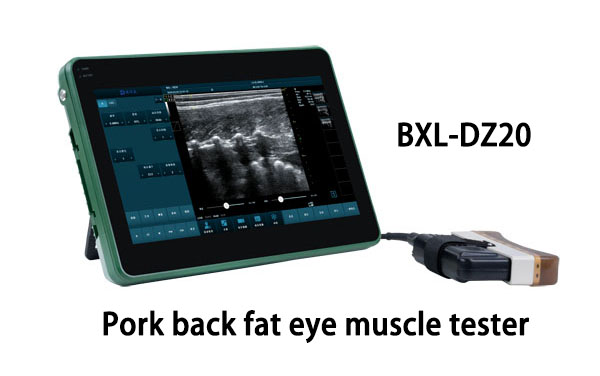
This device is specifically designed for use in livestock, offering quick, non-invasive, and accurate backfat measurements. The BXL-DZ20 utilizes high-frequency ultrasound to gauge the thickness of subcutaneous fat layers, providing results in millimeters within seconds. It is typically applied at the P2 site (last rib, 65 mm from midline), which has been standardized as the most representative point for fat measurement in swine.
Advantages of the BXL-DZ20 include:
-
High precision, allowing early detection of improper body condition.
-
Portable and battery-operated for ease of use in field conditions.
-
User-friendly interface that minimizes training requirements.
-
Enables frequent and repeatable measurements for accurate data tracking.
Regular use of tools like the BXL-DZ20 supports informed decision-making regarding feeding adjustments, reproductive planning, and overall herd health management. In commercial farms, integration of these readings into herd management software can further enhance data analysis and long-term breeding strategies.
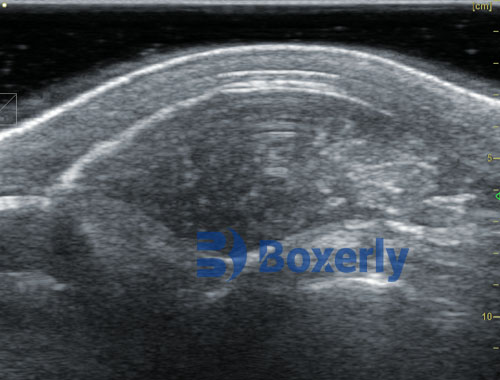
Conclusion
Backfat thickness is a crucial metric for assessing and managing the reproductive performance of female pigs. Both under-conditioned and over-conditioned sows face significant reproductive challenges that can affect farm profitability. By maintaining optimal backfat thickness—generally between 16 mm and 20 mm at farrowing—producers can improve key indicators like farrowing rate, litter size, weaning-to-estrus interval, and sow longevity.
Using advanced tools such as the BXL-DZ20 ultrasonic backfat meter makes the process of monitoring sow condition more precise, efficient, and data-driven. Ultimately, regular and accurate measurement of backfat helps ensure that each sow remains in ideal condition for breeding, farrowing, and lactation, contributing to better herd performance and higher economic returns for the farm.

